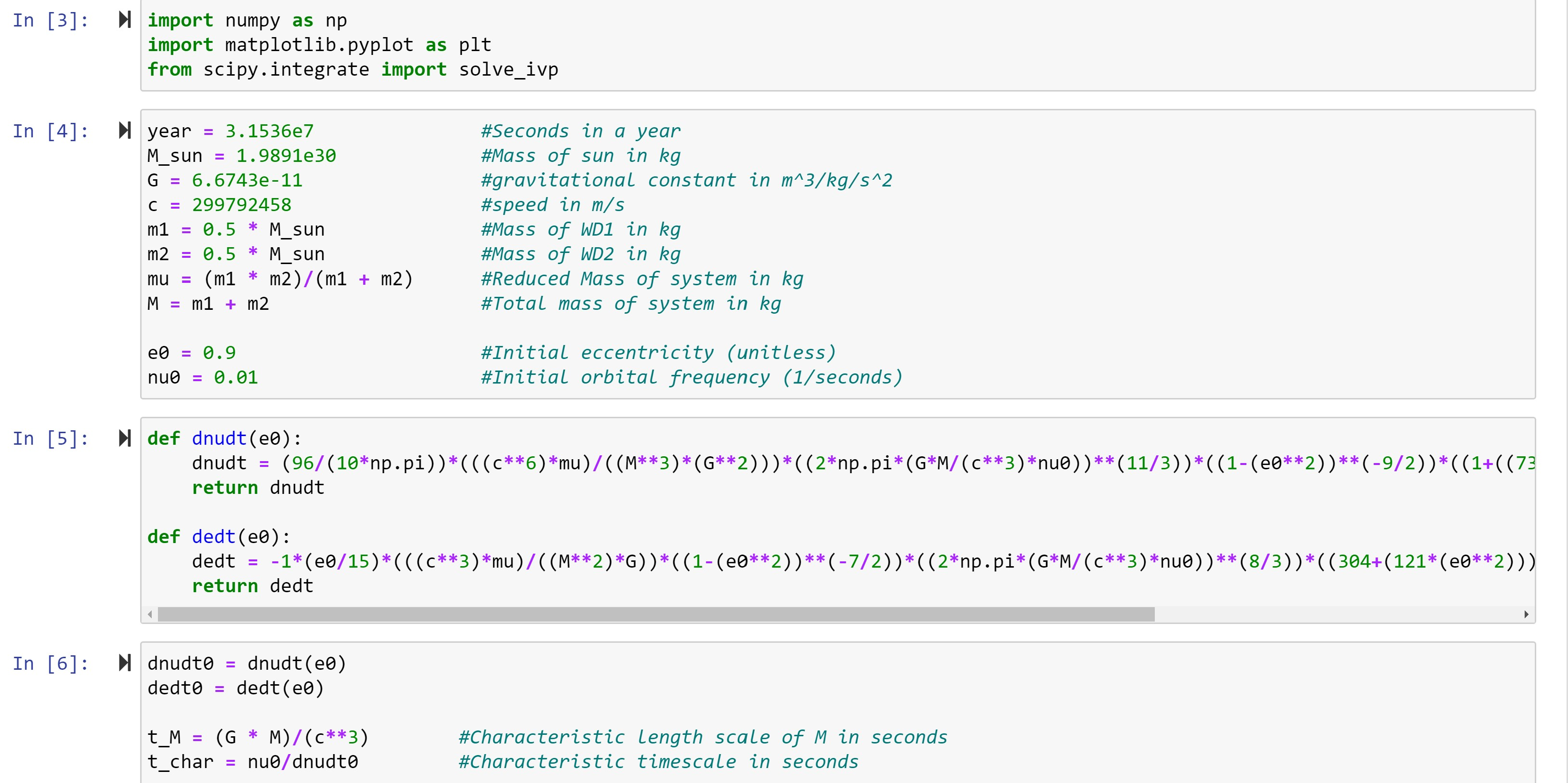About Me
My name is Lane Scheel, and I am currently a rising Junior at Valparaiso University where I am pursuing a Bachelor degree in Physics and Mathematics. Over the summer of 2023, I am participating in the Montana State University Solar Physics REU program with the goals of deepening my understanding of graviational waves, gaining valuable insight to the world of research, and hopefully contributing some valuable information to our search for answers.
REU Project
Over the course of the summer, I am working with Dr. Hang Yu to produce accurate models of the graviational wave confusion noise coming from our galactic population of white-dwarf binary stars. These specific binary systems will be the dominant source of graviational waves that the LISA observatory detects, and it is important that we can model them to be better able to distinguish more important signals within the data.
Past Research
My previous research has involved computational modeling of astro-chemical processes and the modeling of closed-envelope binary star systems. The prior was performed under the guidance of Dr. He and Dr. Zygmunt, and the latter was performed under the guidance of Dr. Hillwig. All are faculty members of the Valparaiso University Department of Physics and Astronomy.
lscheel@valpo.edu
Research Project
Lane Scheel, Dr. Hang Yu
The modeling of gravitational wave signals arising from white dwarf confusion noise plays a crucial role in the scientific endeavors of the Laser Interferometer Space Antenna (LISA) observatory. Many heavenly bodies are expected to produce graviational waves due to their oscillations and binary interactions. However, these signals can be challenging to discern amidst the overwhelming background of numerous unresolved white dwarf sources. To accurately characterize and understand this confusion noise, sophisticated modeling techniques are employed. These models incorporate astrophysical knowledge, gravitational wave theory, and statistical analyses to simulate the expected signals and their statistical properties. By comprehensively modeling the white dwarf confusion noise, scientists can refine detection strategies, optimize data analysis methods, and enhance the overall sensitivity of LISA to other gravitational wave sources, thus unlocking deeper insights into the astrophysical phenomena within our universe.

Credit: NASA
References
Leor Barack and Curt Cutler. 202004, Physical Review D, 8, 69.
Hang Yu and Sizheng Ma and Matthew Giesler and Yanbei Chen. 2020, Physical Review D, 12, 102.


